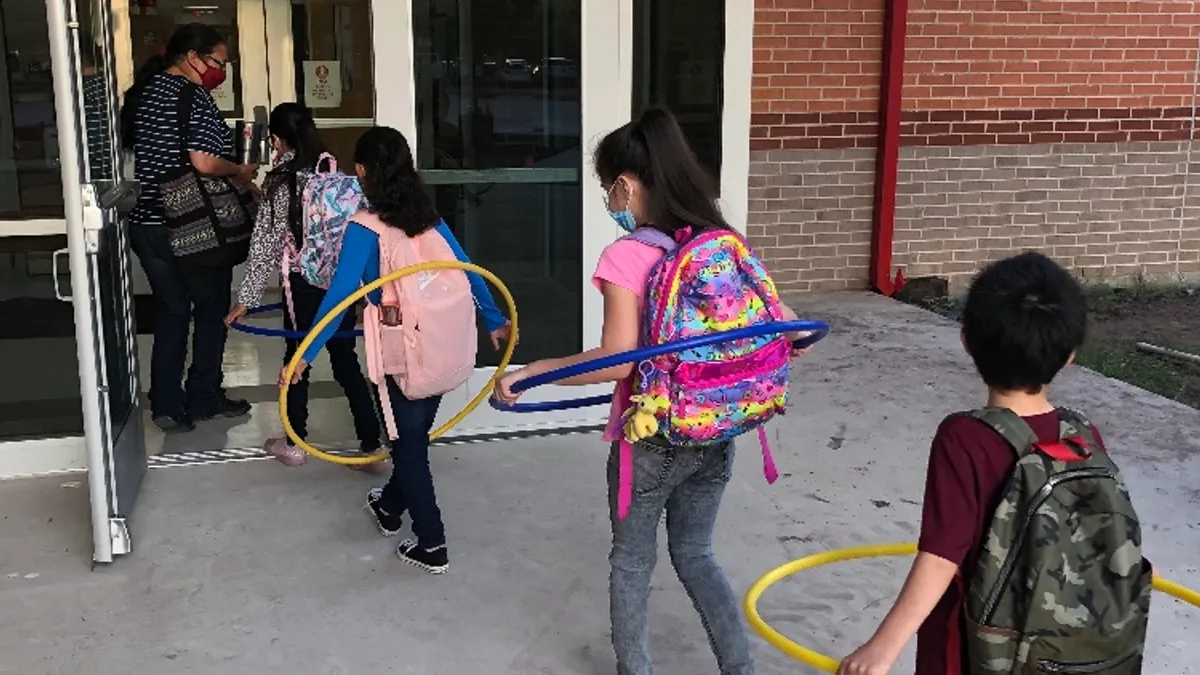Dive Brief:
- The shift to distance learning due to the coronavirus pandemic brought attention to existing technology concerns while also introducing new issues to the fold, and tightening budgets due to the pandemic's economic impacts further complicate the situation, according to EdTech: Focus on K-12.
- District administrators will need to work closely across information technology and academic silos to identify specific focus areas for investment to make the most of limited funds and address the highest-priority needs.
- Boosting staff training and risk visibility for cybersecurity is a top area of focus for many districts, alongside the need to simplify teacher workflows, embrace cloud computing to cut infrastructure costs, and invest in data-driven approaches to better identify student needs and close achievement gaps.
Dive Insight:
Aside from shuttering school buildings and forcing students and teachers to adopt an entirely different model of learning practically overnight, the coronavirus pandemic put a stranglehold on the local tax revenues that tend to provide a lion's share of public school funding.
And while many states have indicated cuts are on the way, how deep they may be — or may get in coming years — remains to be seen. To make matters worse, many states' education budgets still hadn't fully recovered from hits taken during the Great Recession.
With the need to address challenges presented by widespread adoption of new tech making this an even more difficult challenge to navigate, there are still steps districts can take to mitigate costs and meet needs.
On the cybersecurity front, for example, having tech solutions in place to keep networks secure is only half of the battle. The end user remains the weakest link in the security chain, as one click on the wrong link in a suspicious email can compromise the entire system. Investing in regular phishing tests is one way to account for that concern.
And when it comes to instructional technology, navigating the exact goals for students can simplify the process and prevent wasteful spending on tools that are unnecessary or don't show results. Seeking teacher input and asking vendors for trials are key, as is considering whether the tool provides an interactive experience that requires students to explore and create rather than passively consume.
Ultimately, each district's needs will vary. Taking time to sit down with stakeholders and identify and understand the specifics of those needs is essential to making the most of what funds are available.













